Ein Beitrag von: Noel Kerns
Ich war schon immer ein Nachtmensch. So lange ich mich erinnern kann, war und bin ich in den frühern Morgenstunden zwischen 1 und 3 Uhr am kreativsten. Dieses Gefühl ist etwas Besonderes: Der einzige wache Mensch auf der ganzen Welt zu sein – selbst, wenn man es nicht ist.
So entsteht eine Dringlichkeit und Energie. Man will sehnlichst das Beste aus diesen finalen, abflauenden Momenten machen, bevor die menschliche Physiologie die Überhand gewinnt und einen in den Schlaf der Massen einlullt.
Bevor ich jetzt weiterschreibe, sollte ich erklären, was ich eigentlich tue. Ich bin ein Fotograf der Nacht und auf Bilder verlassener Orte spezialisiert. Alte Tankestellen, Gasthöfe, Krankenhäuser, Fabriken.

Meine Belichtungszeiten werden in Minuten statt in Sekundenbruchteilen gemessen und ich benötige diese Zeit, um Szenen mit zusätzlichem Licht (Taschenlampen und Leuchten) zu versorgen. Es handelt sich um eine Technik, die auch „Light Painting“ genannt wird.
Das ist kein Photoshop-Trick, wie viele annehmen. Die Effekte in den Bildern entsehen, während der Verschluss der Kamera geöffnet ist.
Mit meiner Prädestination für das nächtliche Leben macht es wohl Sinn, dass ich mich der Fotografie in der Nacht verpflichtet fühle. Und die Erweiterung dessen erfordert ein kreatives Denkvermögen bei dieser Arbeit.

Entgegen den Gegebenheiten der konventionellen Tageslicht-Fotografie, bei der jemand eine ansprechende Szene sieht und versucht, sie künstlerisch einzufangen, muss man sich beim Light Painting das, was man an den Locations kreieren will, erst einmal vorstellen. Und dann die Beleuchtungstechniken anwenden, während der Verschluss offen ist, um das Bild zu machen, das man zuvor in Gedanken gesehen hat.
Die Ästhetik eines Bildes, das im Mondlicht gemacht wurde, ist im Vergleich zu einer Sonnenlichtaufnahme eine ganz andere. Wolken streichen über den Nachthimmel, Sterne hinterlassen Muster in der Kulisse des tieflauen Weltalls. Autos erscheinen als Lichtstrahlen, die durch die Szene rasen und bewegtes Wasser wirkt wie eingefroren von der Zeit.
Und alltägliche Objekte sehen in einer Langzeitbelichtung oft ganz anders aus, als im hellen Tageslicht. Geringfügige Details offenbaren sich erst im Mondlicht. Gegenstände, die im harten Tageslicht oft übersehen werden, verändern sich zu Zentren der Schönheit und beeindrucken erst in der Nacht.

Genau das mag ich. Das Surreale, Mysteriöse und Unheimliche in den Bildern.
Nun mag das erklären, warum ich diese Fotos mache. Aber dies ist ein Fotomagazin und ich bin gebeten worden, ein wenig darüber zu berichten, wie ich die Bilder mache. Legen wir also los:
Wie schon erwähnt, liegen meine Belichtungszeiten im Minutenbereich. Um genauer zu sein, liegen sie irgendwo zwischen einer und vier Minuten. Ich hatte aber auch schon Belichtungen über zehn bis zwölf Minuten.

Aktuell fotografiere ich mit einer Nikon D300 und benutze einen Funkauslöser zum Öffnen und Schließen des Verschlusses. Die Kamera wird – und das ist offensichtlich – mit einem Stativ gesichert.
Die große Mehrheit meiner Bilder fotografiere ich mit einer Blende von f/5.6 und ISO 200. Da ich zwei der drei Belichtungsvariablen konstant halte, muss ich die Belichtungszeit nur noch an die unterschiedlichen Umstände des Mondlichtes vor Ort anpassen.
Die Light Paintings mache ich manuell und deshalb benutze ich kein extravagantes Trigger-System, um die Leuchten zu bedienen. Ich benutze eine Auswahl an Blitzen (meist mit Zoom) und ein paar unterschiedliche Hochleistungs-Leuchten, die ich, wie gesagt, manuell auslöse.

Der Prozess des Fotografierens ist recht einfach: Ich öffne den Verschluss und laufe zu den Orten, an denen ich die Lichttechnik ausführe. Dann schließe ich den Verschluss.
Natürlich kann es sehr gefährlich sein, durch verlassene Gebäude im Mondlicht (oder sogar in der Dunkelheit) zu schleichen, deshalb sind für meine Sicherheit eine Inspektion des Ortes im Voraus und die Planung der Laufroute essentiell. Man will nicht durch den Flur eines verlassenen Hauses fallen, wenn das vermeidbar ist. Glaubt mir, denn das ist mir schon einmal passiert.
In Vorträgen und Workshops fragt an diesem Punkt für gewöhnlich jemand: „Wenn Du wirklich im Bild herumläufst, warum kann man Dich dann nicht sehen?“

Die Antwort ist, wenn man drüber nachdenkt, einfach: Das wenige Licht, das der Mond zu uns reflektiert, erfordert (wie oben beschrieben) bis zu vier Minuten Belichtungszeit. So lange ich mich bewege oder hinter Objekten wie Wänden oder Bäumen versteckt bin, halte ich mich für die Kamera sichtbar nie länger als den Bruchteil einer Sekunde am selben Ort auf. Und das ist einfach zu kurz, um mich dann auf dem Bild zu sehen.
Das ist im Grunde, wie ich arbeite. Natürlich gibt es eine Menge technischer und ästhetischer Faktoren, die neben dem oben Beschriebenen zu bedenken sind. Jedoch ist das ein guter Grundriss des Prozesses und sollte Euch auf den richtigen Weg bringen, falls Ihr mit der Fotografie im Mondlich und Light-Paintings experimentieren wollt.
?Dieser Artikel wurde von Martin Gommel aus dem Englischen übersetzt.

kwerfeldein – Fotografie Magazin
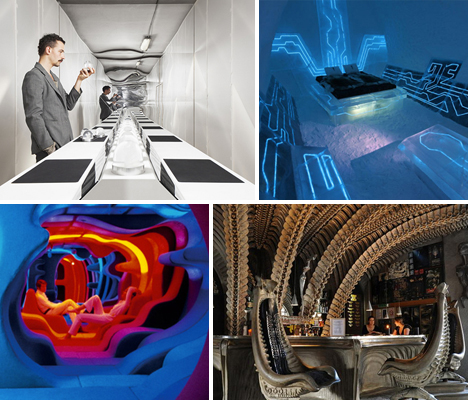
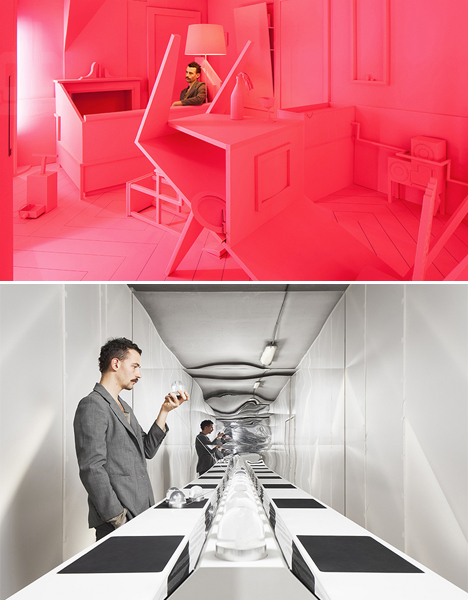

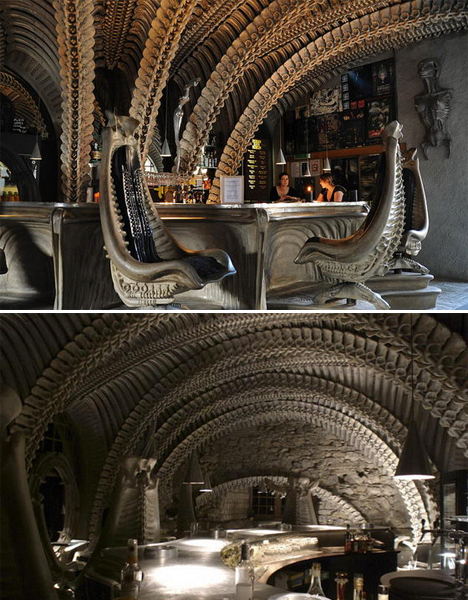
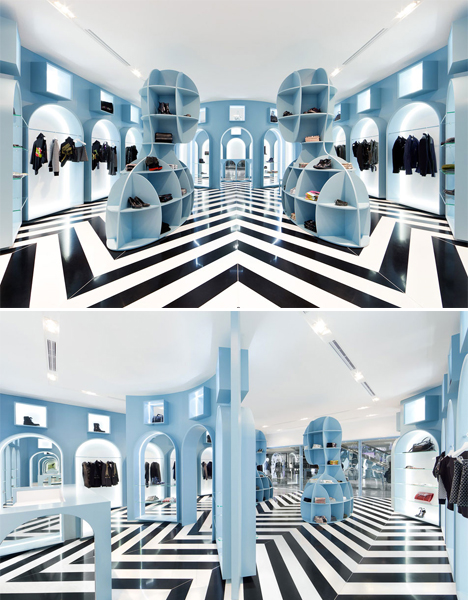




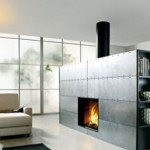
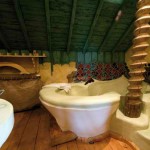
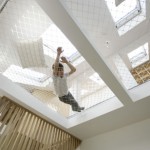
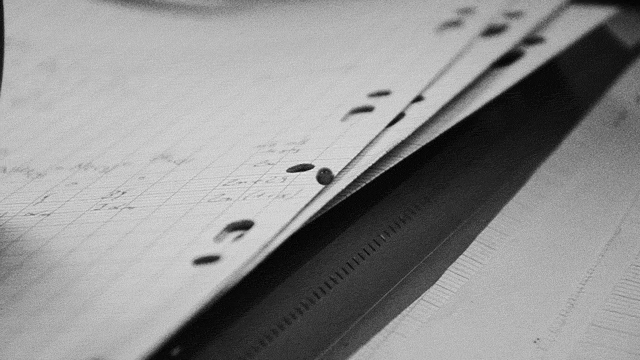

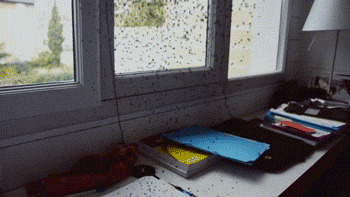
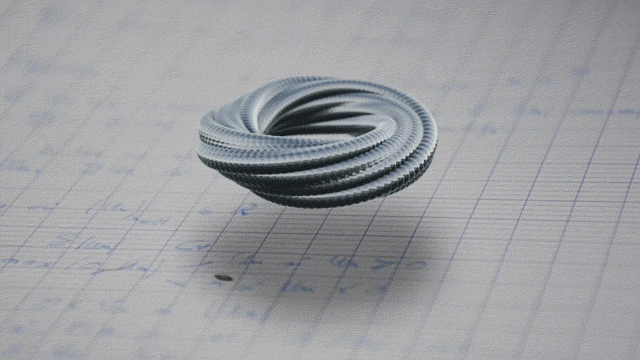
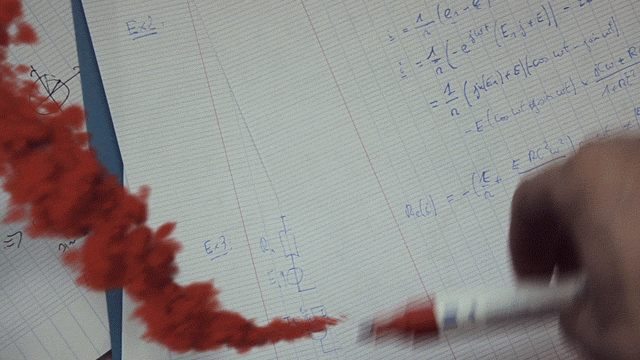
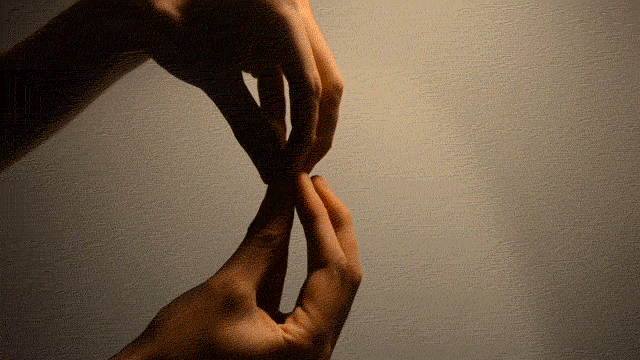
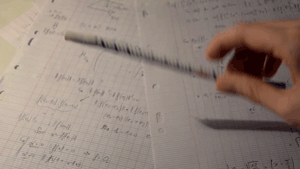
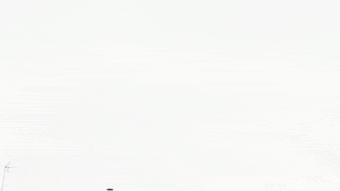
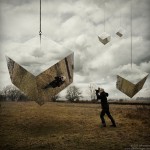
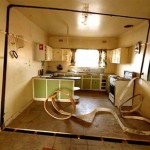
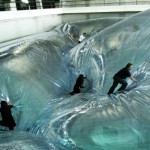



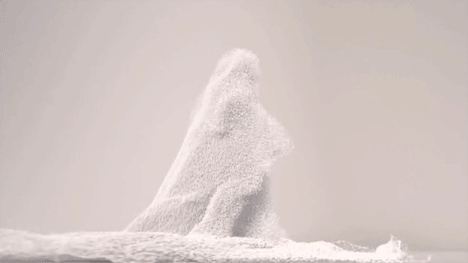

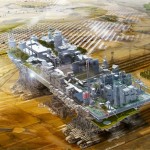
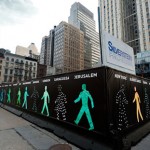
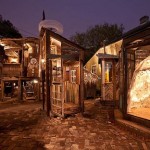
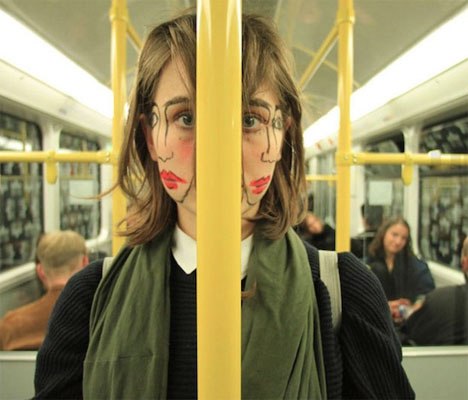
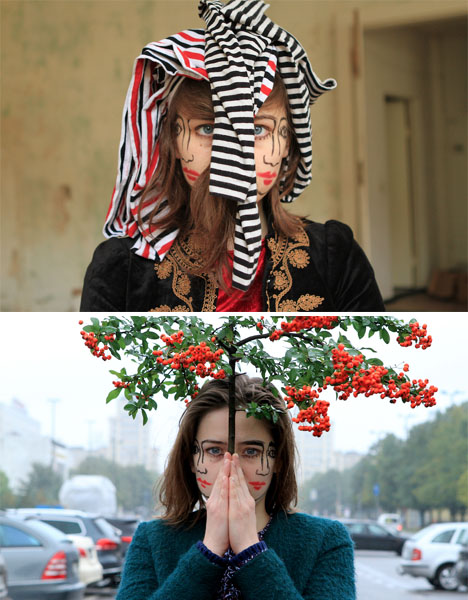

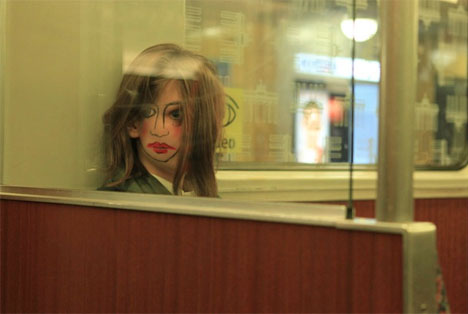
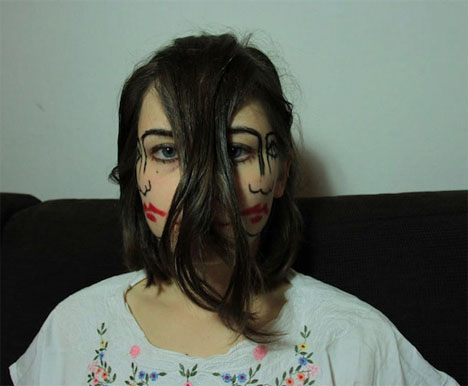
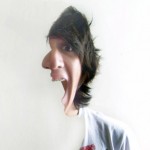
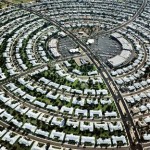
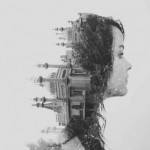





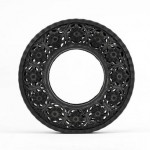
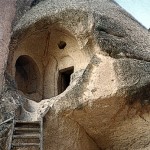
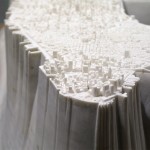









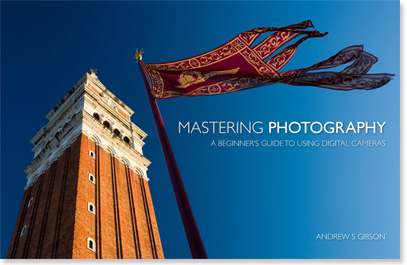










You must be logged in to post a comment.